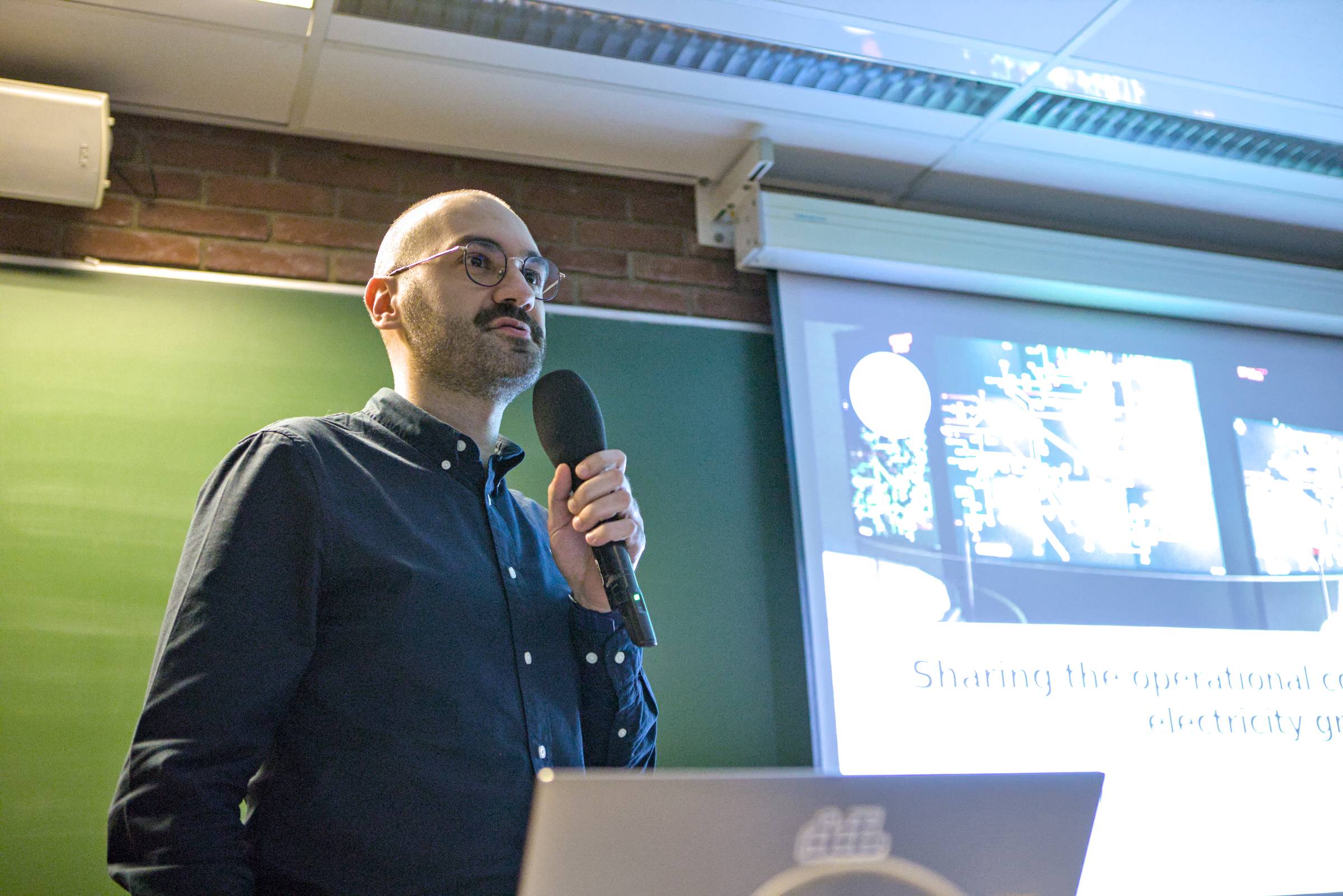FOSDEM 2024 Recap – Sharing the Operational Cost of Europe’s Electricity Grid: Optimization and Transparency Through Open Source
In the FOSDEM 2024 Energy Devroom, Peter Mitri from RTE presented a session titled “Sharing the operational cost of Europe’s electricity grid: optimization and transparency through open source” (video follows below). In this talk, Mitri shed light on the challenges faced in managing Europe’s electricity grid and how open source tools can provide solutions.
Key points from the presentation follow:
Optimization for Grid Efficiency
Mitri introduced the concept of optimization in managing Europe’s electricity grid. He highlighted the importance of staying within the physical limits of electrical equipment to ensure safety and efficiency. Mitri discussed the need for tools that can optimize the grid’s operations to prevent congestion and potential hazards.
Understanding Congestion
Mitri explained congestion as a situation where the flow of electricity exceeds the capacity of transmission lines, leading to potential safety risks. He emphasized the importance of managing congestion effectively to maintain grid stability and prevent accidents.
Remedial Actions
To address congestion, Mitri discussed the use of remedial actions, which can be either non-costly (such as topological actions) or costly (such as redispatching). He provided examples of remedial actions like splitting nodes or adjusting power production plans to balance the grid’s load.
Open Source Solutions
Mitri introduced two open source tools developed by RTE to optimize and share the operational costs of Europe’s electricity grid. The first tool, OpenRAO, focuses on regional operational security coordination and remedial action optimization. The second tool, PowSyBl Flow Decomposition, aids in better understanding and sharing the costs of managing congestion.
Benefits of Open Source
Mitri highlighted the benefits of using open source tools in managing the electricity grid. He emphasized transparency, coordination, robustness, interoperability, reusability, and time-to-market efficiency as key advantages of open source solutions. Mitri also discussed RTE’s commitment to transparency by making their tools available as open source. By leveraging open source solutions, stakeholders can work together more effectively to ensure the stability, efficiency, and safety of the electricity grid.
Learn more about the LF Energy PowSyBl project at https://lfenergy.org/projects/powsybl/.
